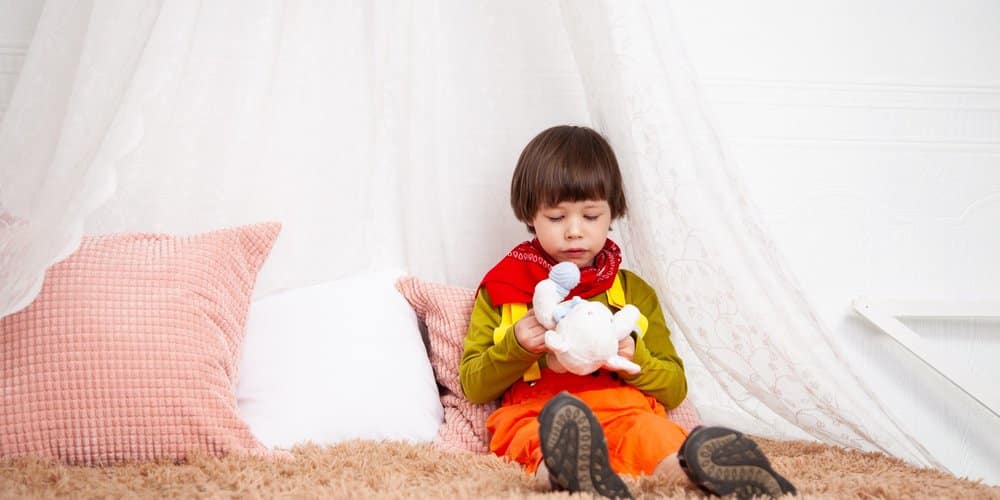COVID Shut Down Limits Visitations from Biological Parents
COVID shut down limits visitations from biological parents to their children in care. Obviously, each state, county, and foster agency have varying policies. But many biological parents are no longer able to see their children for visitations due to safer at home restrictions.
Destabilizing Support
The purpose of foster care is to give children a safe place to stay while their parents are able to learn skills/regroup to create a better home. With the number one purpose being reunification. Not all foster care cases end up in reunification but for those families that are trying. Safer at home initiatives are destabilizing the support that both children and their biological parents need to stay connected.
What About Telecommunication?
One of the solutions to keeping in contact with kids in care during COVID is telecommunication. Biological parents are still meeting with their children through video chats but is that enough?
It is not easy for children to be separated from their biological parents, regardless of how amazing their foster parents are. Children are missing out on the hugs, kisses, and reassuring meetings with their biological parents. This is added trauma to the new ways in which we are living to prevent the spread of COVID. For many children, the unknowns cause more stress and anxiety.
The reality of access to this technology is also impacting children’s ability to connect with their biological parents. Not all biological parents have devices that can support video chatting. Not all children have access to video chat devices. Phone calls can work but are one step further away from seeing and being with their biological parents.
The Invisible Threats
“Families working really hard to reunify with their children are unable to physically touch and see them as a result of the stay home, stay safe order,” said Jillian Gismondi. “Now the kids are unable to visit with their parents at all. These could be very young children now struggling with ‘why am I not seeing my family.’“
Jillian Gismondi, a licensed professional counselor with the Child and Family Solutions Center in Farmington Hills, said she’s expecting children to struggle as they try to regain normalcy. Being separated from their friends and regular routine amplifies the feeling of “grief and loss.”
“Kids are missing a huge chunk of their world right now,” said Jillian Gismondi. “Globally, this is uncharted territory for all of us.“
One of the biggest issues with the shutdown is how the lack of school and community activities are impacting reporting. There “aren’t eyes on the children the same way” to monitor their physical and mental well-being, noted Janet Reynolds Snyder and Allen-Pettway. (Janet Reynolds Snyder is the executive director of the Michigan Federation for Children and Families. Starr Allen-Pettway, branch director for Bethany Christian Services of Detroit.)
In Conclusion
In conclusion, as we continue to navigate the COVID shut down, we should think of how to support the foster community. The COVID shut down is impacting everyone and it is important that those who can help, do. Check out some ways to help HERE.


